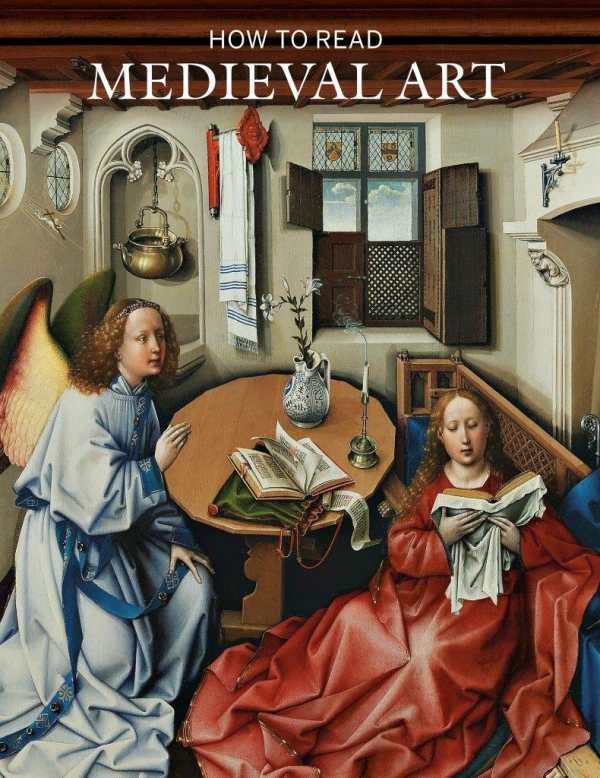How to Read Medieval Art
Hazy, enigmatic, disturbingly uncivilized, the millennium-long Middle Ages followed the wondrous Greek and Roman eras, seemingly unable to rise above the competing mischief of Roman and Orthodox Christianity, Judaism, Islam, and the Vikings, Normans, Franks, et al. Even the paganistic Celtic and Germanic traditions maintained relevance in many quarters. In that light, it is important to remember that art in the Middle Ages was “made because patrons caused it to be made.” The whimsies and preferences of the artist mattered little. And the predominant source of wealth and power at the time was, of course, the church. This enlightening book showcases splendid illustrations of thirty-eight iconic works from the MET’s vast collection—altarpieces, stained glass, tapestries, sculptures, and illuminated manuscripts, to name a few—next to Wendy Stein’s detailed discussions of why each piece provides a fundamental understanding of the Judeo-Christian tradition and the Middle Ages overall.
Reviewed by
Matt Sutherland
Disclosure: This article is not an endorsement, but a review. The publisher of this book provided free copies of the book to have their book reviewed by a professional reviewer. No fee was paid by the publisher for this review. Foreword Reviews only recommends books that we love. Foreword Magazine, Inc. is disclosing this in accordance with the Federal Trade Commission’s 16 CFR, Part 255.

